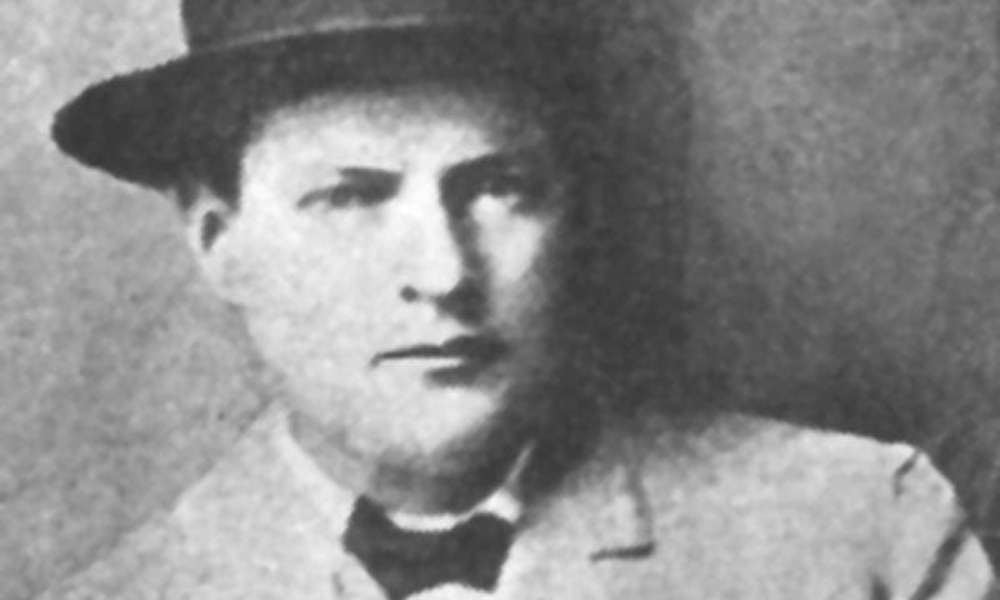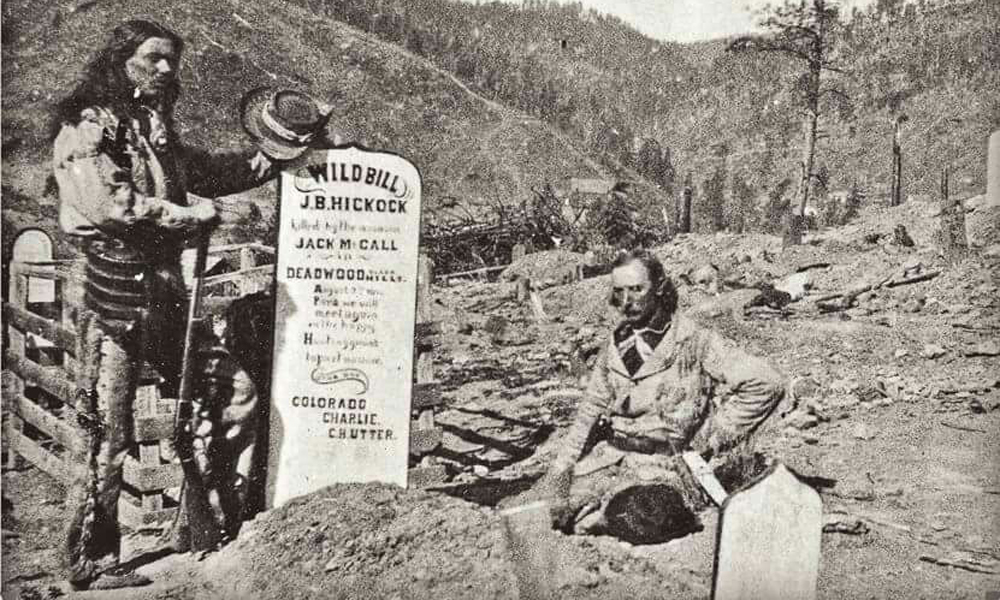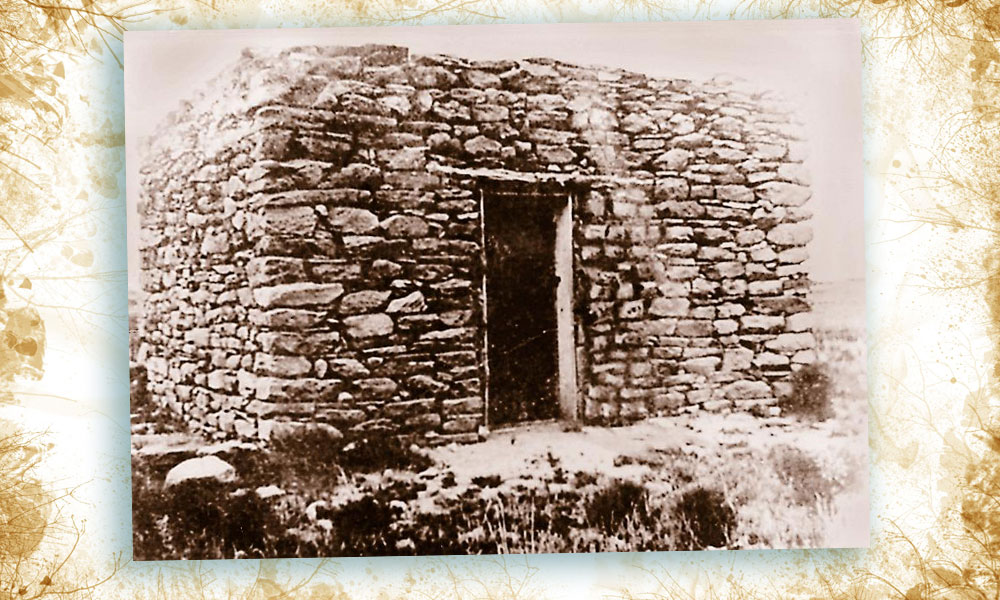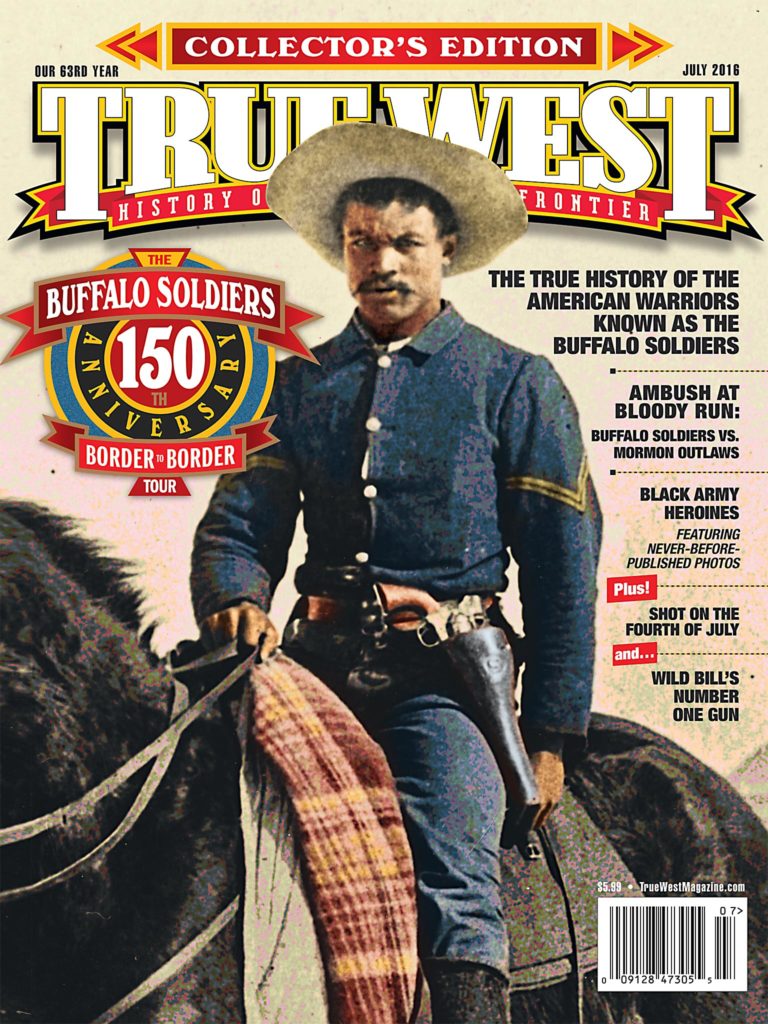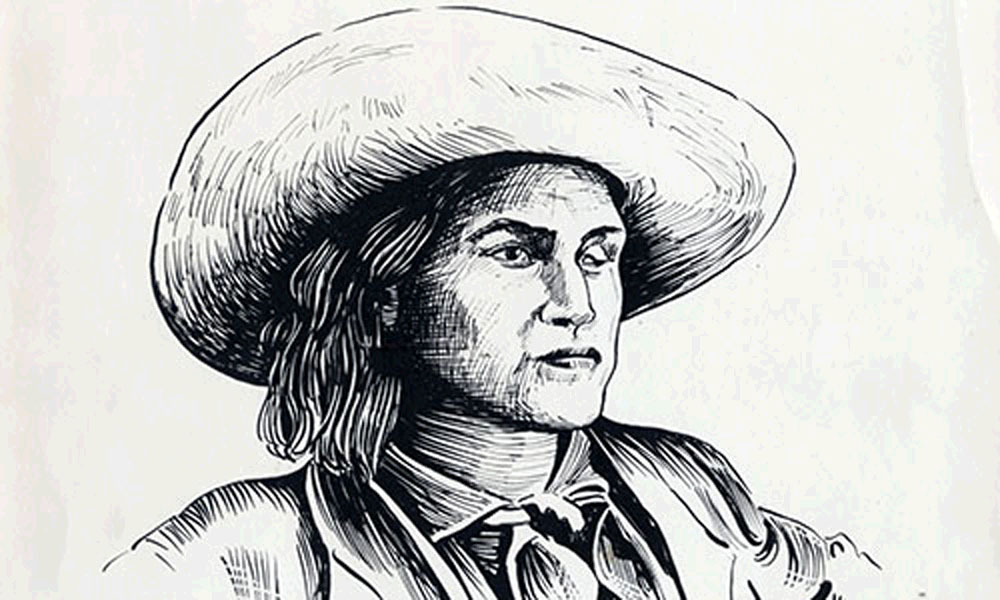
Nineteenth century stagecoach drivers were called “whips” in recognition of their skills handling “six ribbons” or handling six lead lines on six horses. It also required a lot of energy and stamina. Charlie Parkhurst spent the early years in an eastern orphanage but ran away and hired out as a stable hand working with horses and driving wagons before heading west to California during the Gold Rush.
The experience he gained working with horses and coaches made it easy to land a job as a stagecoach driver. Parkhurst was usually referred to as “One-Eyed Charlie” or “Cockeyed Charlie” after being kicked in the head. He stood only 5 ft. 7 in. and was slight of build. Charlie went to work for James Birch, better-known in Southwest history as the man who, in 1857, opened the first stagecoach to California; a forerunner to the storied Butterfield Overland Mail. Soon Charlie was known as one of the best drivers on the West Coast and earned a better nickname, “Six Horse Charlie”. Charlie could flick a fly off a horse’s butt with a bullwhip without touching the animal. With inerrant accuracy Charlie could spit tobacco juice in the ear of the lead horse if it was necessary to get its attention
Stagecoach travel was a dangerous way to make a living, with perilous weather conditions, primitive roads and robberies, it took men with the bark still on to survive. A story is told that a stage robber got the drop on Charlie and got away with the loot but he tried it again at the same location. This time Charlie was ready and promptly sent him to the “Long Sleep.”
As the railroad industry began taking over much of the business Charlie retired from driving and worked as a lumberjack and woodsman. Cancer brought an end to the indestructible stage driver. On Sunday, December 29th, 1878, the old whip succumbed to lung cancer.
When his pals dressed Charlie for burial they discovered to their astonishment that Charlie was really a woman.
As a historical sidebar, on November 3, 1868, Charlotte Parkhurst cast her vote in the national election, dressed as a man. She became the first woman known to vote in the United States, 52 years before Congress passed the 19th amendment giving American women the right to vote.


